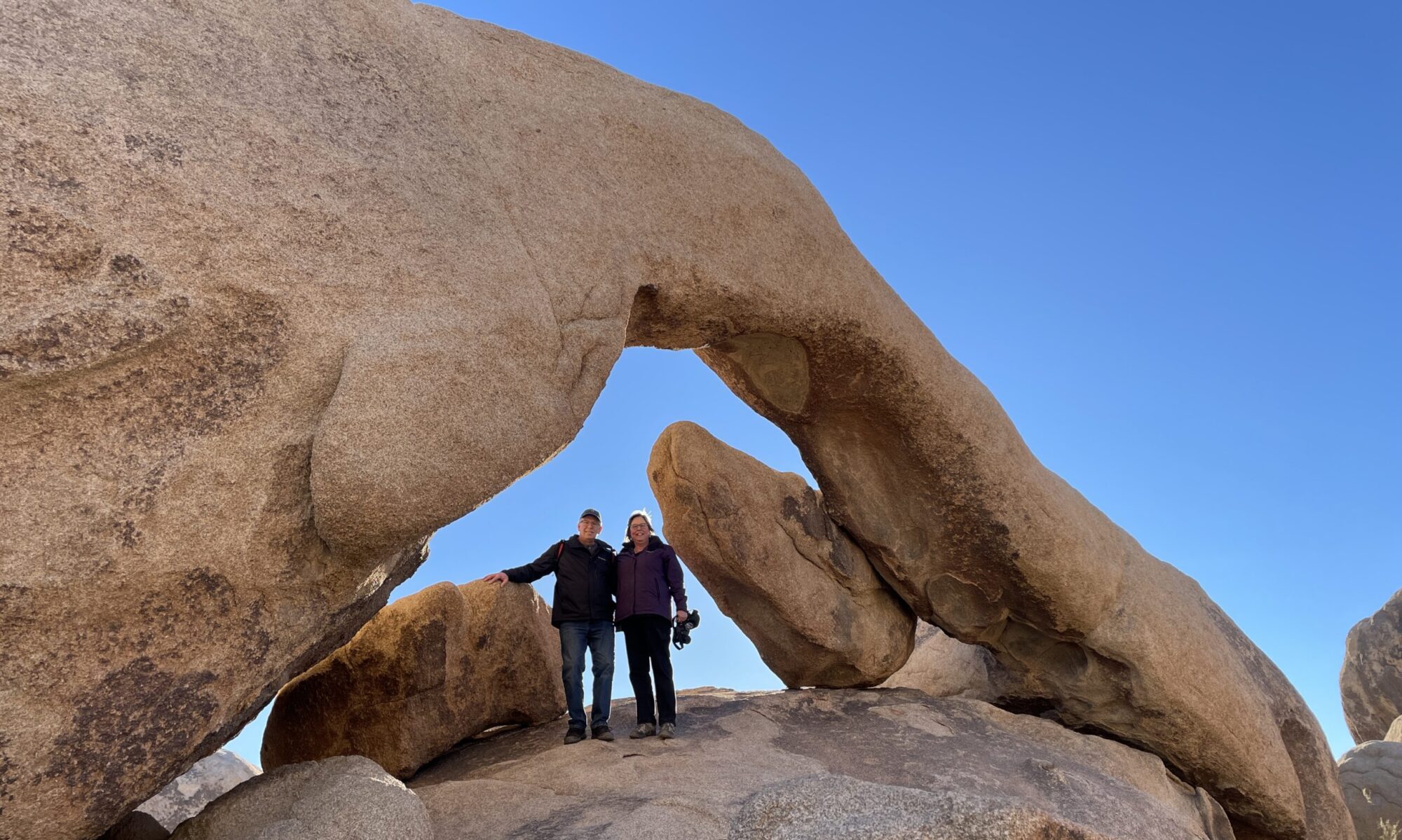Holy Conversation is something new in worship this Fall. At the end of the service and before we leave the sanctuary, we talk with each other. It could be a question about the sermon or worship service or a faith question that has been on someone’s mind or heart recently. These conversations have included questions about personal devotional materials and study bibles; inviting young people to spiritual life; wondering about the activity of God in the world and universe; and how to deal with people who won’t change.
This time has become a way to reveal or discover the connections of worship and daily life. It also is the opportunity to learn more about those with whom we worship.
“Outside My Own Little World” is our Fall worship series. Dr. Marcia McFee of Worship Design Studio has written this about the nature of the Church:
In order to begin to live “outside your own little world,” we are asked to “wake up” to the world around us…beyond what we might see right in front of us. Sometimes we simply go through the motions—in our lives and in our worship. Perhaps it is not about staying awake in church, but staying awake as the church (used with permission through subscription to www.worshipdesignstudio.com).
As we enter the Advent season leading to Christmas, we are reminded that being alert and ready to respond is an important spiritual quality.
Another awakening source for our congregation is the prayer requests we share in worship. Many are for people we know who are having surgery or whose loved ones have died. But we also have prayed for Hong Kong and the struggle for democracy, victims of gun violence and natural disasters, and the need for financial resources in a single-parent family. To conclude the Children’s Message we pray for families who are separated, homeless, and hungry.

We act on these prayers and Holy Conversations in multiple ways:
- Collecting donations every week for Christian Neighbors Food Pantry.
- Serving as Christian Neighbors Food Pantry Board Members.
- Volunteering regularly at Project Hope.
- Collecting donations and traveling to Henderson Settlement to serve.
- Serving the community and building up the congregation with the Harvest Dinner.
- Developing friendships and sharing worship and meals with the Salem and Bradley Native American United Methodist congregations.
- Sponsoring Scout Troop 97.
- Opening our building for Senior Meals twice a week.
- Serving the children in our community through the Amazing Arts Academy. We had 47 kids and 17 volunteers this year! There were 13 children last year.
- In the last couple of years, our Noisy Offerings have supported PET (Personal Energy Transportation), Henderson Settlement, Local Emergency Fund, Poetice International, Wayland Christmas Project, Ministry Shares, and Camp New Day.
In my article for the January-February edition of The ARK, I introduced the perspective of Planting–Cultivating–Harvesting as a way to approach our ministry in 2019 and asked if we might see ourselves as a Greenhouse of Hope. I return to a source for that perspective, my dear friend Rev. Dr. Dori Grinenko Baker:
We believe that if the church is to thrive, it will need such young leaders. However, we also believe that Greenhouses of Hope open possibilities for living a life that matters to all people. We believe that all Christians have a call, by virtue of their baptism. We hope that congregations who practice care for vocation will give birth to a fascinating array of ways people can live and act fully out of their faith (Greenhouses of Hope: Congregations Growing Young Leaders Who Will Change the World, 6-7).
When people leave the church inspired radical change happens.
It is still inspiring for me to consider the world-changing power, certainly witnessed in the biblical book of Acts, that has come through the Church throughout the ages.
ON MARCH 7, 1965 Reverend Hosea Williams and John Lewis stepped from the pulpit of Brown Chapel Church and led a group of 600 toward Montgomery. After just six blocks, when they crossed the now infamous Edmund Pettus Bridge over the Alabama River, Sheriff Jimmy Clark’s deputies and state troopers dispatched by Gov. Wallace attacked the group with nightsticks and tear gas, injuring dozens. The violence stopped the marchers’ first attempt, but they would not be silenced or stopped for good. The event came to be known as Bloody Sunday. Two weeks later, under the protection of Alabama National Guardsmen and Army troops, Dr. Martin Luther King Jr. set off again from Selma and marched along U.S. Hwy. 80 to the capital city (https://riotexasmfsa.org/2015/03/).
Of the many memorable moments of that day, there were the words shouted through a bull horn to the marchers, “Go back to your homes and churches.” As if those were the places where they would be out of the way, back in order, and off the bridge. But it was because of what happened in those churches and homes that they were walking across the bridge in the first place! The church was where they learned, prayed, worshiped, organized, and went out into the streets.
The church was a body of people who heard the Gospel, saw the injustice, and walked onto the national stage of the Edmund Pettus Bridge to awaken the conscience of a nation.
While such bold and dramatic actions may not characterize our local church history, Jesus’ deeds and words are meant to wake us up and raise up our faith to bold levels of showing mercy, seeking justice, and sharing Good News in our community.
Let’s thank God for a vibrant year of ministry and feel the urgent awakening energy of the Holy Spirit to be a congregation inspired to serve as a beacon of Christ in our community.
What happens when you leave the church inspired?

